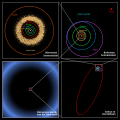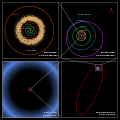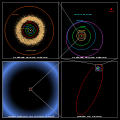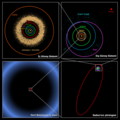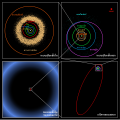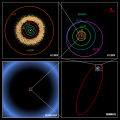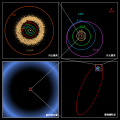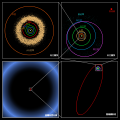Figura:Oort cloud Sedna orbit.jpg
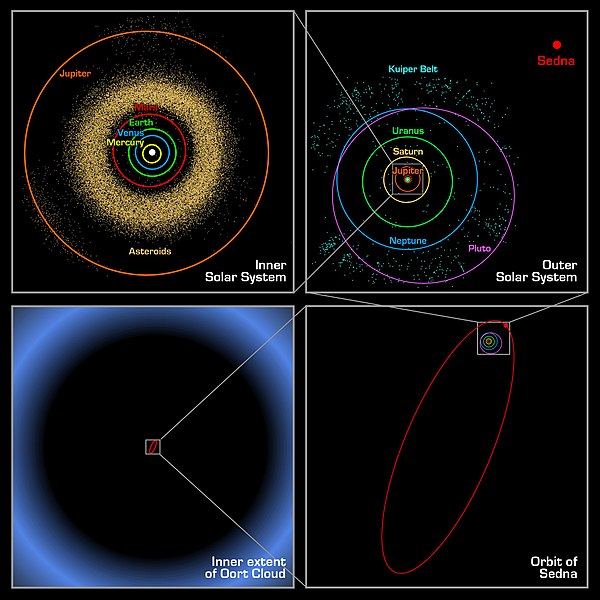
Amzure dë sta preuva: 600 × 600 pontin. Àutre arzolussion: 240 × 240 pontin | 480 × 480 pontin | 768 × 768 pontin | 1 024 × 1 024 pontin | 2 499 × 2 499 pontin.
Archivi original (2 499 × 2 499 pontin, amzure: 542 KByte, sòrt MIME: image/jpeg)
Stòria dl'archivi
Ch'a-i daga un colp col rat ant sna cobia data/ora për ës-ciairé coma a restèissa l'archivi ant col moment-là.
| Data e Ora | Miniadura | Amzure | Utent | Coment | |
|---|---|---|---|---|---|
| dël dì d'ancheuj | 10:48, 19 Stè 2005 |  | 2 499 × 2 499 (542 KByte) | Bricktop | larger |
| 02:05, 24 mar 2005 | 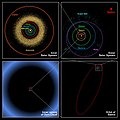 | 577 × 577 (47 KByte) | Smartech~commonswiki | {{PD-USGov-NASA}} |
Anliure a le figure
Le pàgine sì-sota a l'han andrinta dj'anliure a sta figura-sì:
Dovragi global dël file
J'àutre wiki sì sota a deuvro st'archivi-sì:
- Usagi dzora ba.wikibooks.org
- Usagi dzora bg.wikipedia.org
- Usagi dzora bn.wikipedia.org
- Usagi dzora bn.wikibooks.org
- Usagi dzora cs.wikipedia.org
- Usagi dzora da.wikipedia.org
- Usagi dzora de.wikibooks.org
- Usagi dzora el.wikipedia.org
- Usagi dzora en.wikipedia.org
- Usagi dzora en.wikibooks.org
- Usagi dzora es.wikipedia.org
- Usagi dzora fi.wikipedia.org
- Usagi dzora fr.wikibooks.org
- Usagi dzora hu.wikipedia.org
- Usagi dzora id.wikipedia.org
- Usagi dzora is.wikipedia.org
- Usagi dzora it.wikipedia.org
- Usagi dzora kn.wikipedia.org
- Usagi dzora lt.wikipedia.org
- Usagi dzora mr.wikipedia.org
- Usagi dzora ms.wikipedia.org
- Usagi dzora mt.wikipedia.org
- Usagi dzora nds.wikipedia.org
- Usagi dzora nl.wikipedia.org
- Usagi dzora oc.wikipedia.org
- Usagi dzora pl.wikipedia.org
- Usagi dzora pnb.wikipedia.org
- Usagi dzora sh.wikipedia.org
- Usagi dzora simple.wikipedia.org
- Usagi dzora sk.wikipedia.org
- Usagi dzora ur.wikipedia.org
Varda l'usagi global dë st'archivi-sì.





